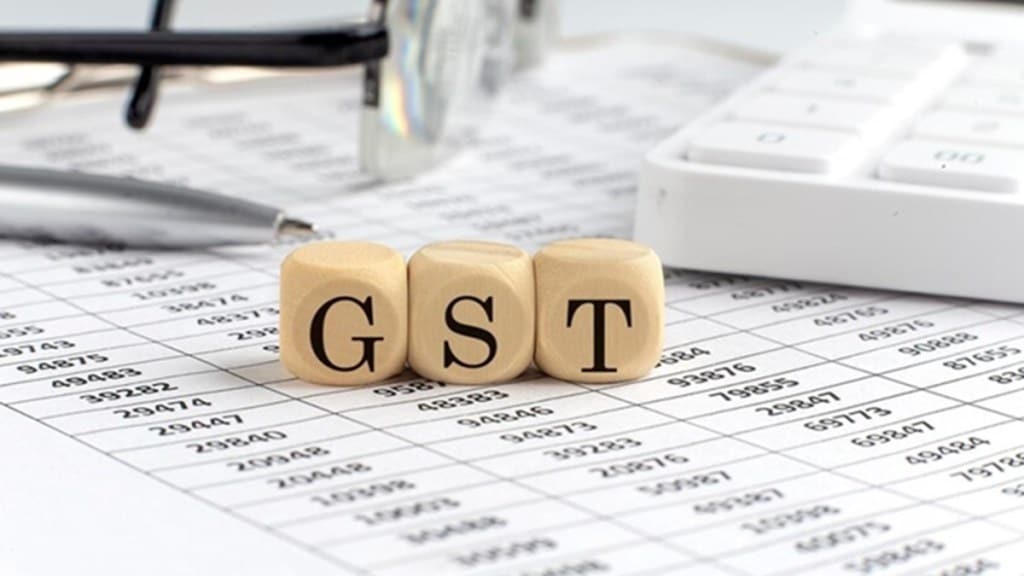By Dinesh Kanabar & Kulraj Ashpnani, Respectively CEO and partner, Dhruva Advisors LLP
The implementation of the Goods and Services Tax (GST) in July 2017 marked a watershed moment in India’s fiscal landscape. GST sought to replace a fragmented indirect tax structure with a unified, transparent, and technology-driven system. As GST completes eight years, its trajectory reflects both how far we have travelled and how much more ground must be covered. The GST journey continues, propelled by ambition and tempered by the realities of execution.
Central to GST’s evolution has been the role of the GST Council, a unique federal body that has facilitated consensus-driven decision-making between the Centre and the states. The Council, having met over 50 times, has demonstrated that federalism need not be a barrier to reform, but can instead be the very platform through which reform is realised. The multitude of clarifications, rate revisions, and procedural amendments over the years reflect the Council’s responsive and adaptive approach.
A key enabler of the GST reform has been its reliance on technology. The introduction of e-way bills, e-invoicing, return auto-population, and the broader GST Network (GSTN) framework has brought about a new paradigm in indirect tax compliance. Data-driven intelligence, artificial intelligence, and machine learning now form the backbone of enforcement efforts, enabling revenue authorities to shift from traditional audit and scrutiny to predictive and risk-based monitoring. The effect has been two-fold, it has increased revenue assurance while also nudging businesses towards greater formalisation.
The architecture of GST still has room for improvement. One such area is the rate structure, which, with its five slabs, continues to be a source of litigation and classification disputes. A Group of Ministers was constituted specifically to examine the rationalisation of rates, with particular attention on merging the 12% and 18% slabs, but a clear consensus remains pending. Addressing this issue is not just about simplification, it is essential to strengthening the integrity of the system.
Institutionally, one of the most significant developments of late has been the framing of rules and procedures for the long-awaited GST Appellate Tribunal. For years, the absence of a functioning Tribunal placed strain on high courts. Taxpayers were left navigating divergent decisions from different Authorities for Advance Rulings. With the legal framework for the Tribunal in place, the hope is that it will become operational soon and emerge as a pivotal mechanism for dispute resolution, restoring faith in the institutional architecture.
A crucial area where Centre-State collaboration can be deepened is through setting up mechanisms for national-level administration of large taxpayers—businesses with multi-state operations and high turnover. Such a move would not only simplify compliance for top taxpayers who contribute significantly to GST revenue but also free up resources for revenue administration. Despite such opportunities, the last few years have also seen increased alignment between GST policy and Digital India initiatives. Simplified registration, faceless audits, online adjudications, and data triangulation are moving the needle towards a less intrusive and more predictable tax environment. As new economic models emerge and business structures evolve, the law must be nimble to accommodate these transitions without overburdening the taxpayer.
As we look to the future, GST now must be envisioned not as a singular event but as a continuum of reforms. It must embrace institutional stability, procedural clarity, and administrative consistency. The foundation laid over the last eight years is solid. The road ahead demands a recommitment to the principles of simplicity, neutrality, and equity that underpinned the idea of GST. As decisions within the GST framework often hinge on consensus, ensuring that they do not come at the cost of reform urgency will be key. GST’s continued evolution will measure India’s readiness for the next chapter of economic growth.

